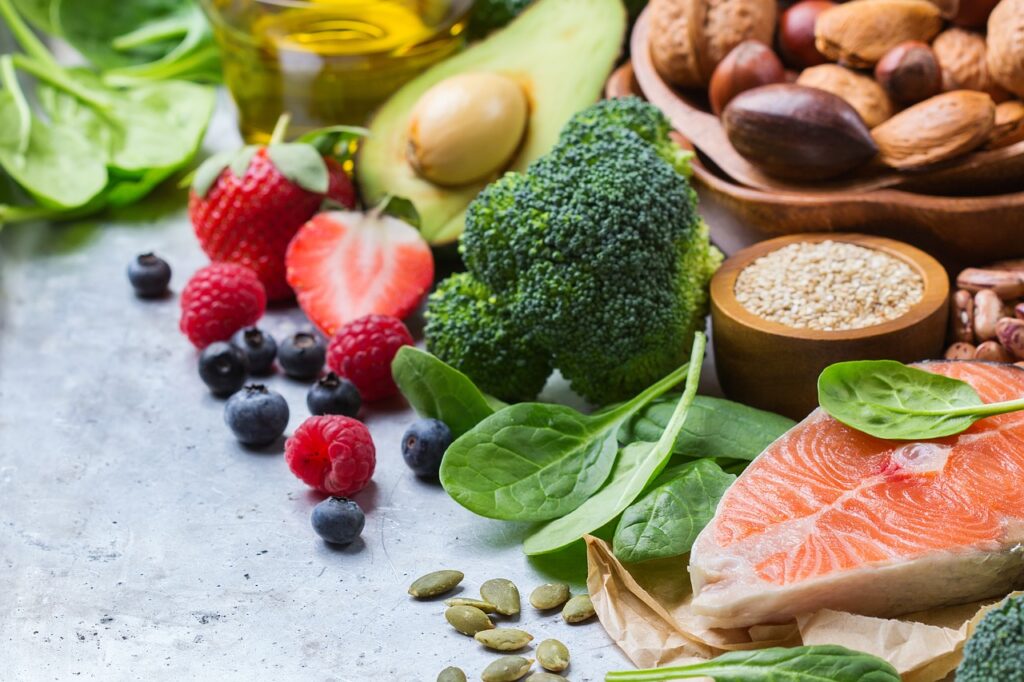My years as a nurse has led me to the conclusion that the reason people do not stick to a healthy diet goes deeper than merely peer pressure. They don’t have reliable nutrition information or the awareness of the many natural alternatives for creating healthy meals that would comply with their culture and traditions. So let’s examine how to make whole food plant-based meals preparation easier and healthier.

Add Green, Leafy Vegetables and Legumes to Everything Possible
Start by adding green, leafy vegetables and legumes (beans, peas, and lentils) to as many things as possible, like spaghetti sauce, soups, stews, pasta dishes, and grain dishes. Green, leafy vegetables contain calcium, iron, folate, and fiber and are low in calories.
They decrease inflammation, help food move through your intestines, improve eyesight, balance cholesterol levels, enhance skin, fight cancer, promote weight loss, boost energy, and increase lifespan.
Add Herbs and Spices
Many plant-based eaters love hot, spicy sauces to “make everything taste good.” They put them and other favorites herbs and spices on plant-based eggs and cheese, pasta, noodles, and any new, unfamiliar food until they come around to appreciating the change to healthier food.
For those hot pepper lovers out there, freeze those babies whole. When ready to use, pull one out of the freezer and slice it right away rather than defrost it, which will make it mushy. When they’re frozen, you’ll have less capsaicin pepper juice on your hands and cutting boards and less risk of those burning oils soaking into your fingers and getting into your eyes. They slice up beautifully to top favorites like avocado toast, veggie pizza, finger food, and other appetizers.
(Time Saver) Prepare Meals Ahead
Make extra lasagna, spaghetti sauce, soups, and stews to freeze in portion sizes to have on hand for quick lunches or for whole food plant-based meals on days when cooking is just not enjoyable or possible feat. Make your homemade plant-based versions of burgers, mayonnaise, cheese, sauces, sour cream, dressings, etc.,
You can prepare whole-food plant-based meals ingredients ahead of time, place them in the refrigerator or freezer, and then transfer them to a crockpot to turn on in the morning to be ready when you arrive home.
(Money Saver) Buy Grains, Beans, Flour, and Rice in Bulk
Many of the plant’s highest in protein come in the form of beans or grains (canned, dried, or frozen) and are available in bulk. Consider using dry beans and purchase them in large quantities. You will save a lot of money and get a nutrition-packed bean without the added salt and the toxins from the cans. Store your grains, flours, and rice in airtight containers in cool dark cabinets to preserve quality and freshness.
Bean Preparation
When preparing dry beans, soak, cook, and rinse them as recommended to reduce their lectin content. Lectin is a carbohydrate-binding protein found in almost all food but especially in legumes and grains. High amounts of it can cause severe gastrointestinal illnesses. Low levels of lectins are actually a healthy addition to your diet and act as antioxidants protecting cells from damage.
Wheat germ lectin found in whole wheat has been shown to fight cancer, especially tumors related to colorectal cancer. They also slow digestion and slow the absorption of carbohydrates, preventing spikes in blood sugar levels thereby reducing diabetes complications.
